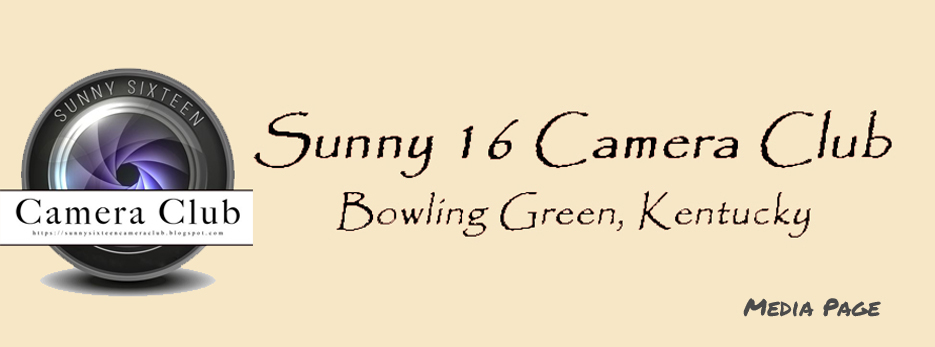Submitted by Keith Bridgman
White Balance as it relates to a digital photograph can often be a bit confusing to a novice or beginner photographer...and quite possibly even those who are relatively experienced. However, using White Balance (WB) in creative ways can generate some amazing results. While this article is not intended to be an in depth overview of the nature of White Balance, let's take a quick look.
First of all, what is White Balance? Simply stated, WB is the temperature of the light. Not all sources of light are created equal. What might appear as white light to the eye will not necessarily appear white to a digital camera. For instance, noon day sunlight is considered normal light, while incandescent light is quite warm in nature and florescent light is quite cool in appearance. Same applies to cloudy skies and sunsets. Different types and sources of light carry difference ranges of Kelvin Temperatures, from about 1000 to 10000 degrees in range. Oddly enough, the lower the number, the warmer the light. Here is a common scale often employed.
A digital camera must be able to discern the correct WB in order to capture an image correctly. Most cameras use a preset scale something like this one. For most situations AUTO WB works quite well, however understanding the effects generated by using the other kinds of WB presets can help you render some amazing results.
- Auto (A) – Default WB setting and what I use all the time when I shoot RAW. The camera automatically guesses the WB depending on ambient light and use of flash. Some cameras have more than one auto setting for different environments / lighting situations.
- Incandenscent (Light Bulb) – Use it strictly under tungsten light bulbs or the image will look very blue.
- Fluorescent (Glowing Tube) – Use if photos look too green or when under fluorescent lights. Since there are many different types of fluorescent bulbs, some cameras provide several different selections for this setting.
- Direct Sunlight (Sun) – Used when shooting outdoors with the sun shining on the subject.
- Flash (Lightning Bolt) – Used when utilizing on-camera flash.
- Cloudy (Cloud) – Used in cloudy days or in shades. Will yield warmer images than sunlight.
- Shade (House with a Shadow) – Warmer than cloudy, adding orange colors to the photograph. Good for sunsets and shades.
- Choose Color Temperature (K) – Lets you manually change the Kelvin value (typically from 2,500 to 10,000).
- Preset (PRE) – Used for color matching with a white balance card.








